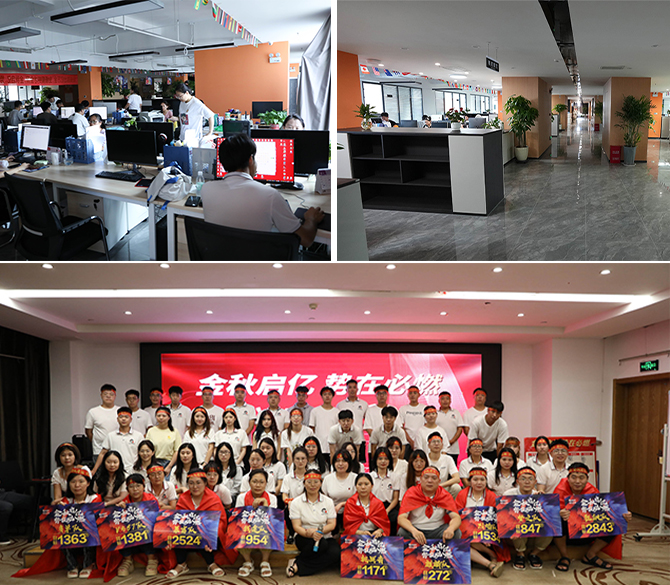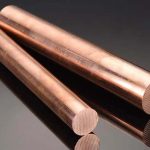
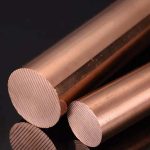
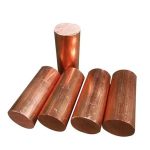
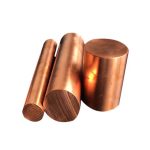
This alloy has good ductility and may be readily formed by all conventional methods. Because the alloy is stronger than regular steel it requires more powerful equipment to accomplish forming. Heavy-duty lubricants should be used during cold forming. It is essential to thoroughly clean the part of all traces of lubricant after forming as embrittlement of the alloy may occur at high temperatures if lubricant is left on.
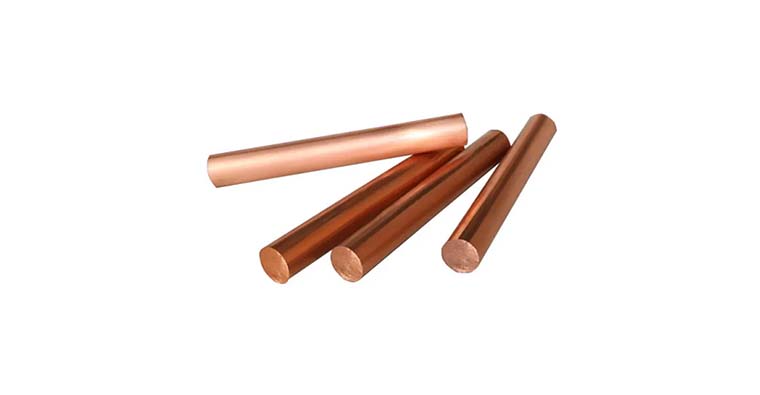
Soldering is rated as “excellent”, brazing is rated as “excellent”, oxyacetylene welding is rated as “fair”, gas shielded arc welding is rated as “good”, coated metal arc welding is “not recommended”, spot welding is “not recommended”, seam welding is “not recommended” and butt welding is rated as “fair”

| Melting Point – Liquidus°F | 1980 |
|---|---|
| Densitylb/cu in. at 68°F | 0.322 |
| Specific Gravity | 8.91 |
| Electrical Conductivity% IACS at 68°F | 100 |
| Thermal ConductivityBtu/ sq ft/ ft hr/ °F at 68°F | 224 |
| Coefficient of Thermal Expansion 68-57210 to -6 power per °F (68 – 572°F) | 9.8 |
| Specific Heat CapacityBtu/ lb /°F at 68°F | 0.092 |
| Modulus of Elasticity in Tensionksi | 17000 |
| Modulus of Rigidityksi | 6400 |
